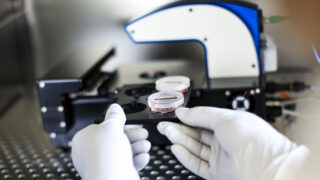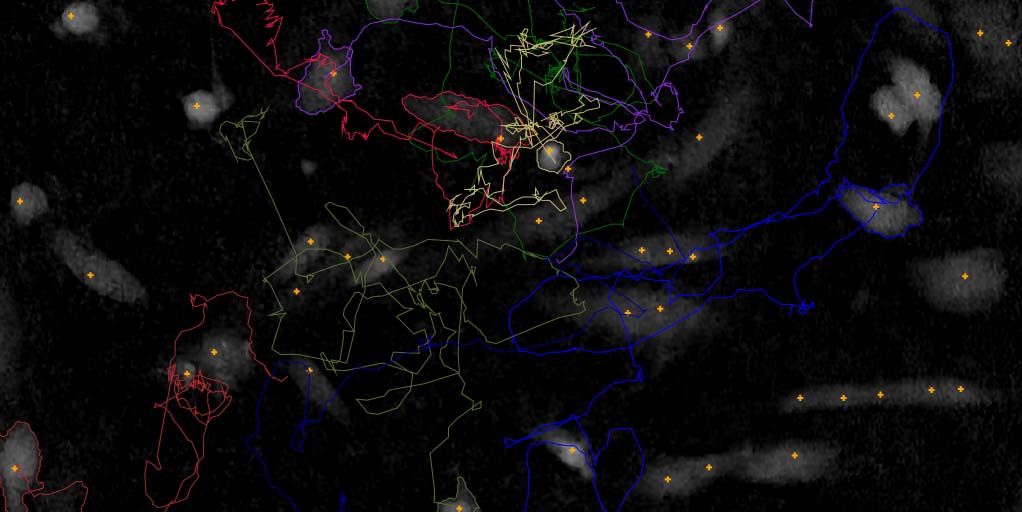The PHI Blog

Several researchers report on the use of HoloMonitor in the fight against severe brain cancers
Understanding of how different treatment options affect cell motility and migration is thus essential when exploring the effects of new treatment options in the fight against cancer.
Learn more …

Cell Tracking for Early Skin Cancer Detection
Melanoma, the most dangerous form of skin cancer, is increasing. In the US, melanoma is one of the most common cancers among young adults. However, if the disease is caught early, then it can be cured. A research team, led by Dr Robert Judson-Torres, is tracking single cells when studying melanoma at an early stage.
Learn more …

Replacing animal experiments with advanced cell culture studies
Tests on animals are routinely used in many research areas, including pre-clinical drug development and testing of chemicals and cosmetics. Today, there is a growing interest in developing alternatives to research methods that involves living animals, and also to replace animal derived components used in different kind of products.
Learn more …

New Publication shows Advantages of using HoloMonitor® for Cell Movement Assessment
Understanding of cell movements is essential in many aspects of cell biology research, and crucial not least in cancer research.
Learn more …

A study of cancer cells by digital holographic imaging, fluorescence and a combination thereof
Digital holographic imaging is a label-free, non-toxic quantitative method that can be used for single cell analysis for a long time period. Sofia Kamlund, PhD, Lund University and Phase Holographic Imaging, has used this method in her thesis Not all those who wander are lost – A Study of Cancer Cells by Digital Holographic Imaging, Fluorescence and a combination there of. The technique allows the researcher to follow changes over time and evaluate cell response on living cells.
Learn more …

A Change of Measure – PHI Distributor Meeting
Learn more …
